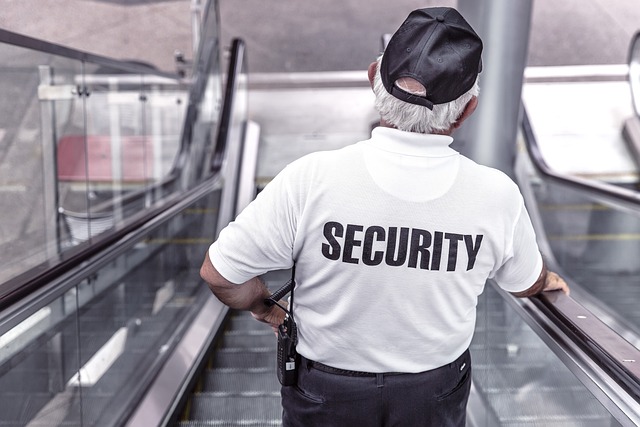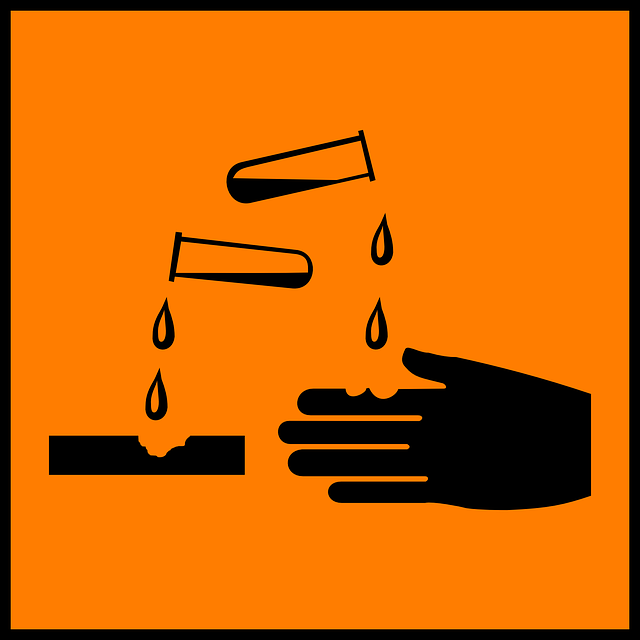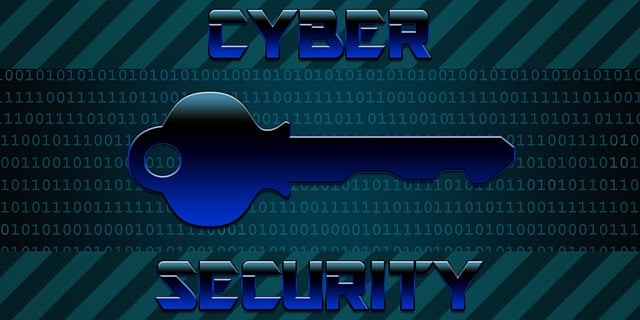In an era of heightened security concerns, robust background checks for security personnel are vital. Security guard background screening verifies credentials, uncovers potential criminal histories, and identifies red flags, fostering trust and ensuring legal compliance. This process is critical for maintaining optimal safety standards across diverse environments, from corporate spaces to high-security facilities. By implementing digital systems, staying updated on legislation, and undergoing continuous training, organizations can effectively screen security guards, ensuring a trustworthy and compliant security workforce capable of upholding the highest protection standards.
In today’s world, ensuring safety through robust security background checks is paramount. As organizations strive to protect their premises and assets, understanding the significance of comprehensive security guard background screening is crucial. This article delves into the essential process of personnel screening, highlighting best practices for continuous improvement. We explore how effective background checks enhance safety and compliance in the security industry, encompassing crucial aspects like verifying safety officer credentials and optimizing the security workforce.
- Understanding the Significance of Security Background Checks
- The Process: How to Conduct Effective Personnel Screening
- Benefits: Enhancing Safety and Compliance in the Security Industry
- Challenges and Best Practices for Continuous Improvement
Understanding the Significance of Security Background Checks

In today’s world, where threats to physical safety and sensitive information are ever-present, understanding the significance of robust background checks for security personnel is paramount. Security guard background screening plays a pivotal role in ensuring that those tasked with protecting our premises, assets, and confidential data possess the integrity and reliability needed to carry out their duties effectively.
Security industry compliance isn’t just about adhering to legal requirements; it’s about cultivating an environment of trust and safety. Background checks for security personnel, ranging from initial recruitment to ongoing verification, help weed out individuals with potential criminal inclinations or unsavory pasts. These checks include scrutinizing criminal records, verifying credentials, and assessing any red flags that could compromise the integrity of the security workforce. Such meticulous screening is crucial for maintaining the highest standards of safety and protection in various settings, from corporate offices to high-security facilities.
The Process: How to Conduct Effective Personnel Screening

Background checks for security personnel are an indispensable component of ensuring safety and securing sensitive environments. The process involves a systematic approach to verify the credentials, history, and suitability of individuals before they are entrusted with crucial roles in protecting people and assets. Effective security guard background screening encompasses several key steps.
Firstly, collecting comprehensive information about the candidate is essential. This includes verifying their identity, educational qualifications, employment history, and any relevant certifications. Subsequently, a thorough criminal record check is conducted to identify potential red flags or past offenses. Additionally, checking references from previous employers or clients offers valuable insights into the individual’s conduct and performance. In the security industry, compliance with legal requirements and best practices is paramount. Premises protection checks may include verifying access permissions, conducting site visits, and assessing physical security measures to ensure the guard’s role aligns with the facility’s needs. Ultimately, a holistic evaluation of safety officer credentials through background screening helps create a robust security workforce capable of upholding the highest standards of protection.
Benefits: Enhancing Safety and Compliance in the Security Industry

Background Checks for Security Personnel play a pivotal role in enhancing safety and ensuring compliance within the security industry. By implementing rigorous security guard background screening processes, organizations can mitigate risks and verify the credentials of their safety personnel. These checks go beyond basic verification to uncover potential red flags, such as criminal history or untruths on resumes, that could compromise the integrity of the security workforce.
This proactive approach to safety officer credentials ensures that those guarding sensitive premises are trustworthy and capable. It contributes to a culture of security industry compliance, where every member of the security workforce is screened extensively. This meticulous process not only protects the organization’s assets but also instills confidence in clients and customers, assuring them that their safety is in reliable hands.
Challenges and Best Practices for Continuous Improvement

In the dynamic landscape of security and protection, ensuring continuous improvement in background checks for security personnel is paramount. One of the primary challenges lies in keeping up with evolving criminal justice systems and legal requirements across different jurisdictions. What works in one region might not be applicable elsewhere, necessitating a flexible and adaptable approach to background screening. Additionally, the volume of applications and the need to maintain swift processing times can strain resources, potentially leading to inconsistencies if not managed efficiently.
To overcome these hurdles, best practices include adopting digital platforms for streamlined data management and access to up-to-date criminal records. Regular updates on legal changes and collaboration with industry associations can help stay compliant with security industry standards. Implementing multi-layered verification methods, such as cross-referencing multiple databases and employing biometric technology, bolsters the accuracy and reliability of safety personnel verification. Continuous training for screening professionals ensures they remain adept at identifying red flags and interpreting sensitive information, fostering a culture of vigilance and thoroughness in premises protection checks.
